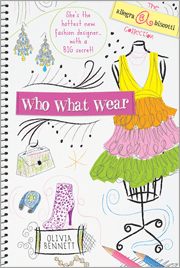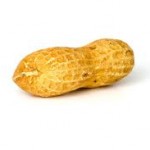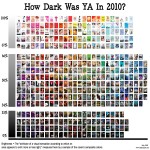14 Jul
Fashioning Fiction: Guest Post by Olivia Bennett
Posted in Book Reviews, Craft, Kid Lit, Reading
Today we have a fabulous guest post from Olivia Bennett, author of Who What Wear: The Allegra Biscotti Collection, just released in June 2011. This charming book continues the adventures in fashion of Emma Rose, who is also secretly the hip new fashion designer Allegra Biscotti. I had the pleasure of reading this book, not realizing it was actually the second one of the series. And unlike many sequels that often lean heavily on the first book, this one holds its own as elegantly as one of Allegra’s designs. After finishing Who What Wear (and of course, going back to read the first as well!) I knew I had to get Olivia here at the blog to share a few secrets of how to fashion a story for young readers. For more information on Olivia or The Allegra Biscotti Collection, please visit the Who What Wear webpage. Now without further ado, here’s Olivia Bennett with FASHIONING FICTION.
—————————————————-
“She wore a black cotton cardigan–on which she had replaced the plain plastic buttons with marching band uniform buttons–over a white tank top and black, gray, and white camouflage pants from the Army-Navy store and her favorite silver sneakers.”
With the above description, I introduced Emma Rose to the reader in the first book of THE ALLEGRA BISCOTTI COLLECTION. Because ALLEGRA is fiction with a fashionable twist, I felt it was very important to not only show the fashion but to use the fashion as way to describe the characters via what they chose to wear or not to wear. Emma—who later takes on the double life of fashion designer Allegra Biscotti—is creative above all else. While couture and designers matter very much to her, she thrives on the creative (and so the detail about the DIY buttons), does not aim to stand apart from her middle school peers (thus the tank and under-the-radar colored pants), yet is an individual who embraces a special sense of fun and whimsy (finally, the silver sneakers).
Description is what makes a story real, especially for middle-grade readers. It allows the reader to feel as if she is really in Allegra’s design studio or standing by the racks of gasp-worthy clothes lining Madison’s sleek offices. The question often becomes—how much detail to bring to your descriptions. Allegra is a fashion series so, knowing my audience, all clothes were described in painstaking detail. However, my readers also have a strong desire to create and too much detail would take this almost- interactive process away from them. The key was to give them just enough and then let their imagination do the rest. Throughout the first two book in the series, I made sure the juicy colors, the weight of the fabric, and the general shape of the garments were vividly described, but allowed by reader to add the little details—buttons, zippers, and all the trimmings.
—————————————————-
Thank you so much Olivia for joining us here at iggi&gabi and sharing your words of wisdom. Now my questions to all you readers out there: What are your thoughts on giving too much detail vs. not enough? How do YOU find that balance? Hint: For an example of how to put this balance into action, check out Who What Wear and The Allegra Biscotti Collection. Write on!







 Call me Gabi (pronounced gah-BEE). I'm a writer, freelance teacher, and a lover of books and words. I'm also the instigator of DIY MFA. iggi's my sidekick, but he thinks he's the brains behind this operation.
Call me Gabi (pronounced gah-BEE). I'm a writer, freelance teacher, and a lover of books and words. I'm also the instigator of DIY MFA. iggi's my sidekick, but he thinks he's the brains behind this operation.
 Goodbye is for Sissies
Goodbye is for Sissies YA Cafe: What YA Book are You Thankful For?
YA Cafe: What YA Book are You Thankful For? YA Cafe: Why I Love Dark YA
YA Cafe: Why I Love Dark YA YA Cafe: YA Appreciation Month
YA Cafe: YA Appreciation Month
Comments on this post
Love it! I have a bit of an inner fashionista and I love the detailed description of clothing. I worry though about descriptions being too much, they just bog the reader down if you aren’t careful. I wanted my manuscript to appeal to both girls and boys so I had to tone down the fashion to just a few references here and there (even though my main character Brett is very into clothes and shoes, she loves her Jimmy Choo’s!).
15. July - 12:59 pm